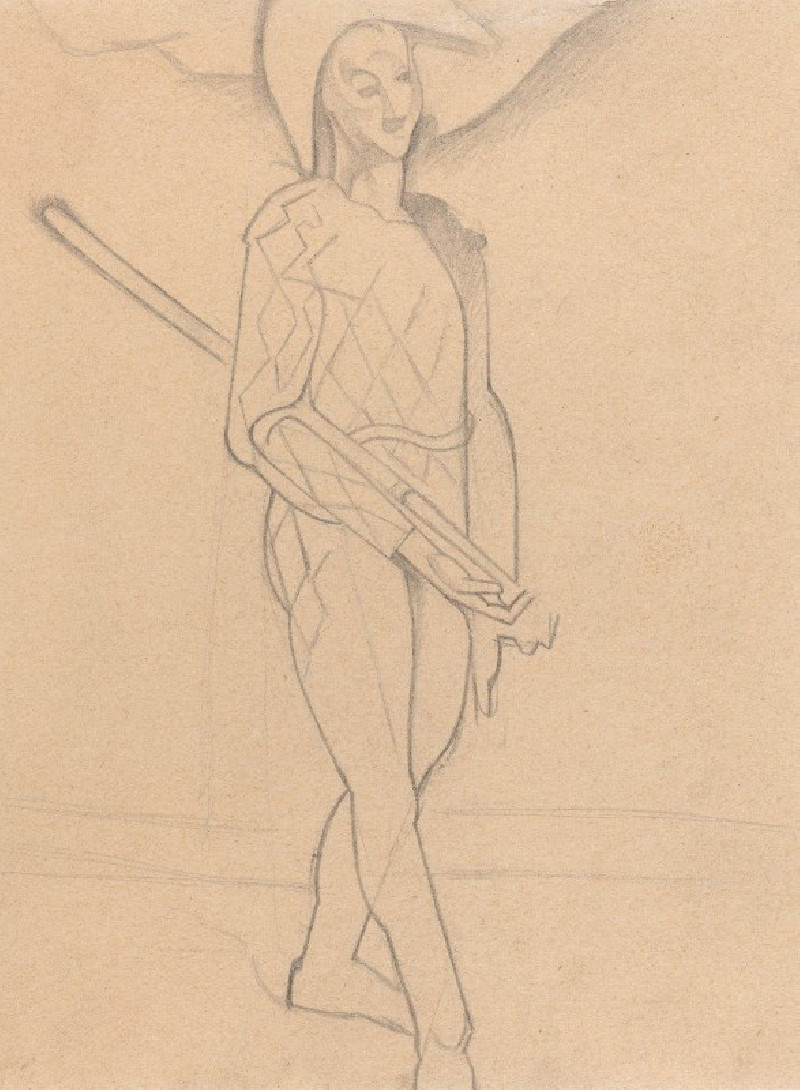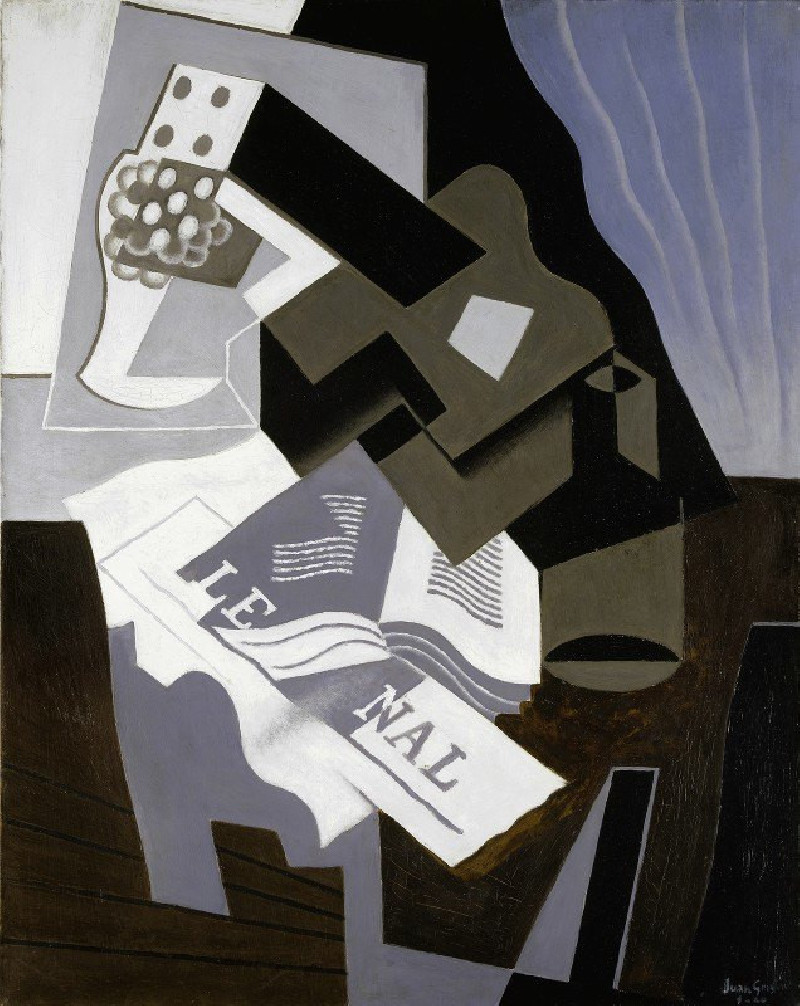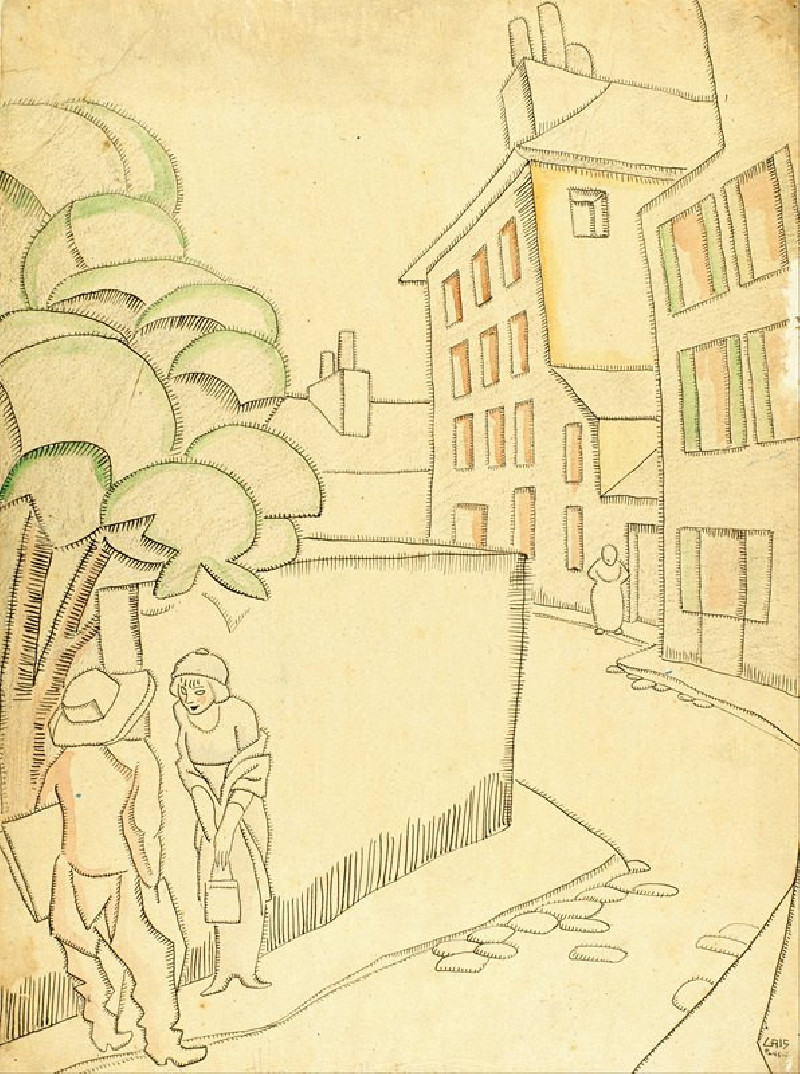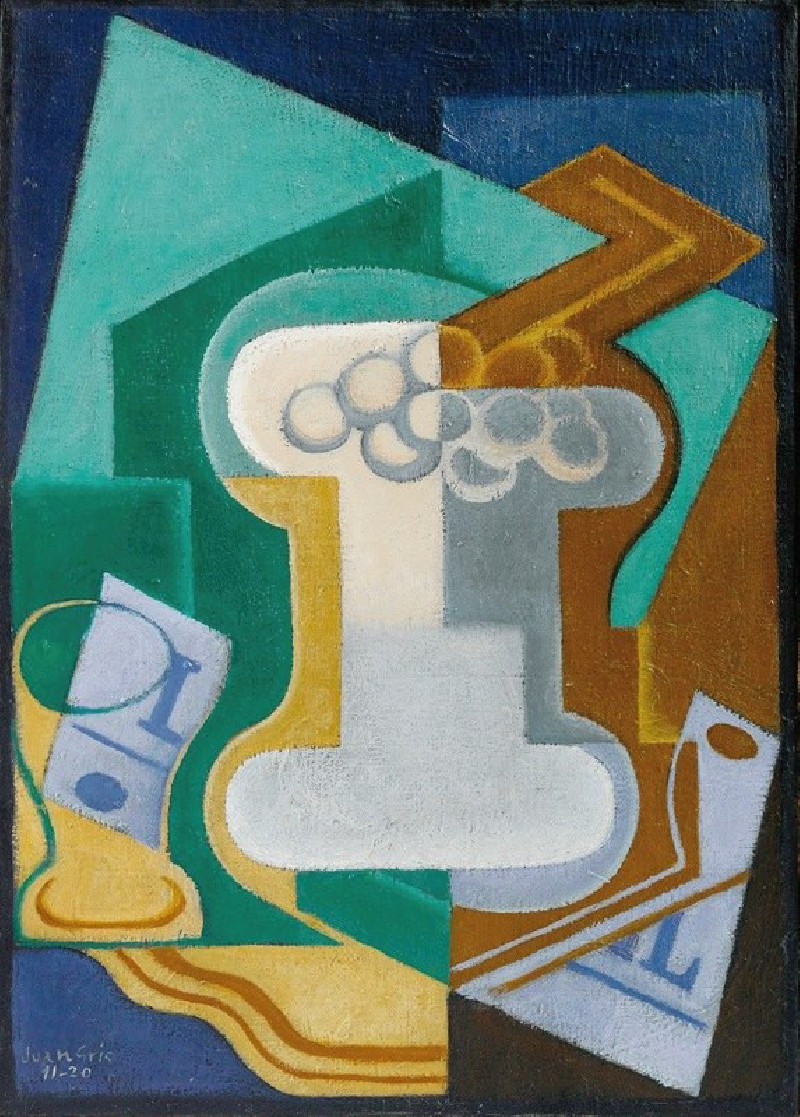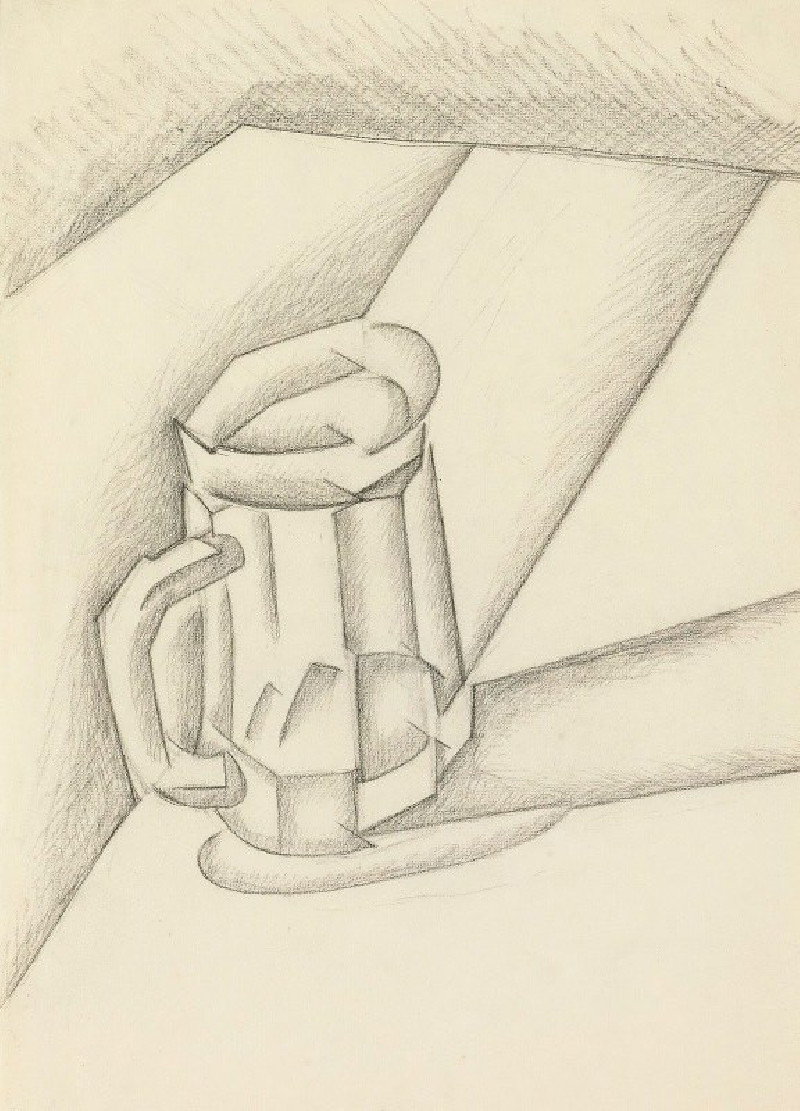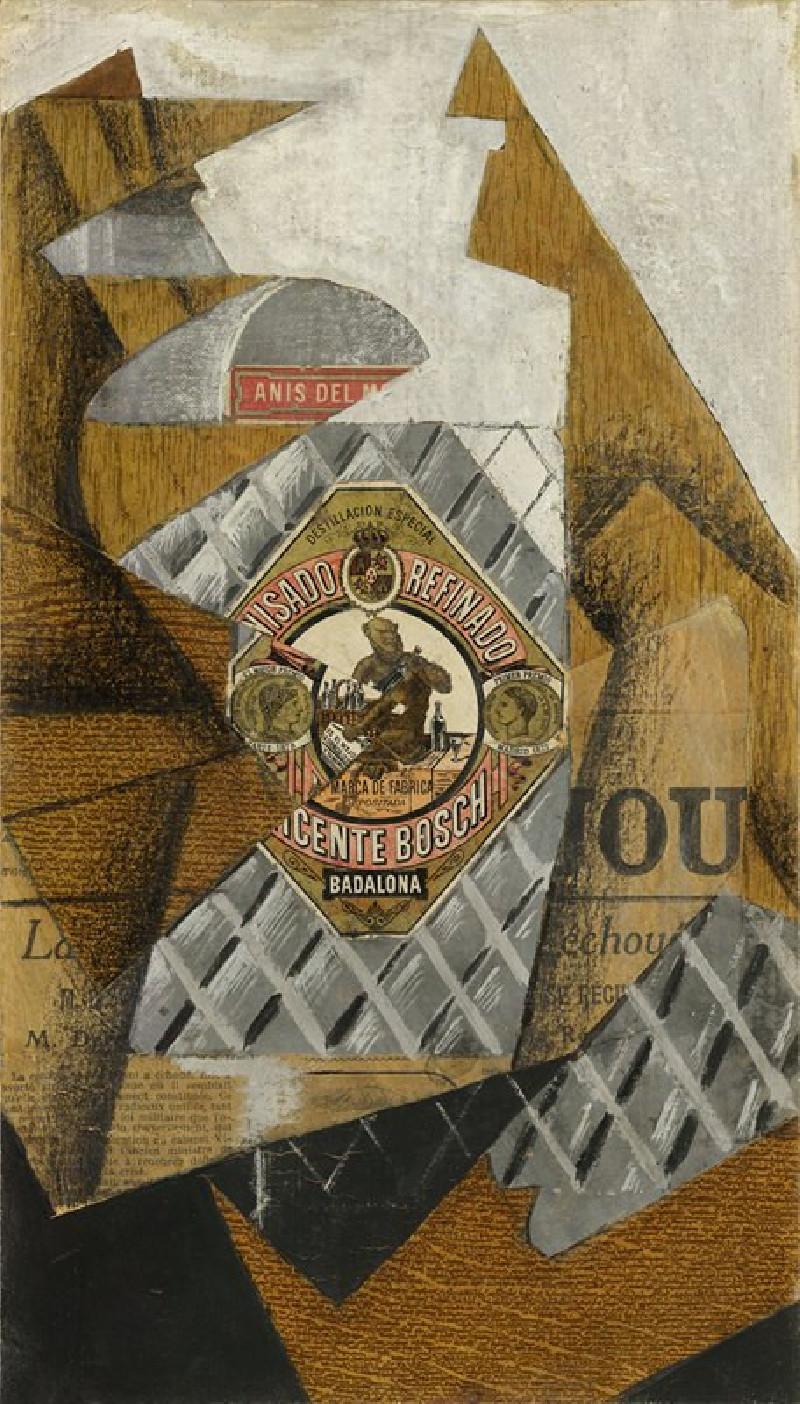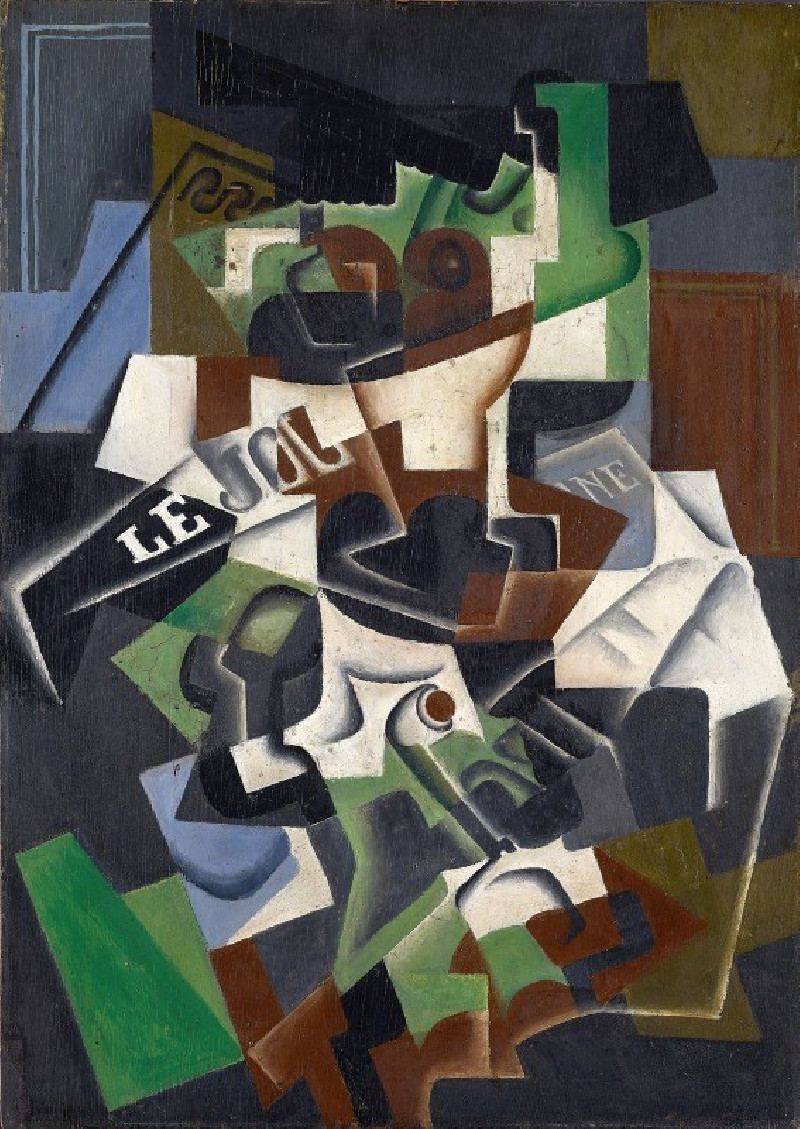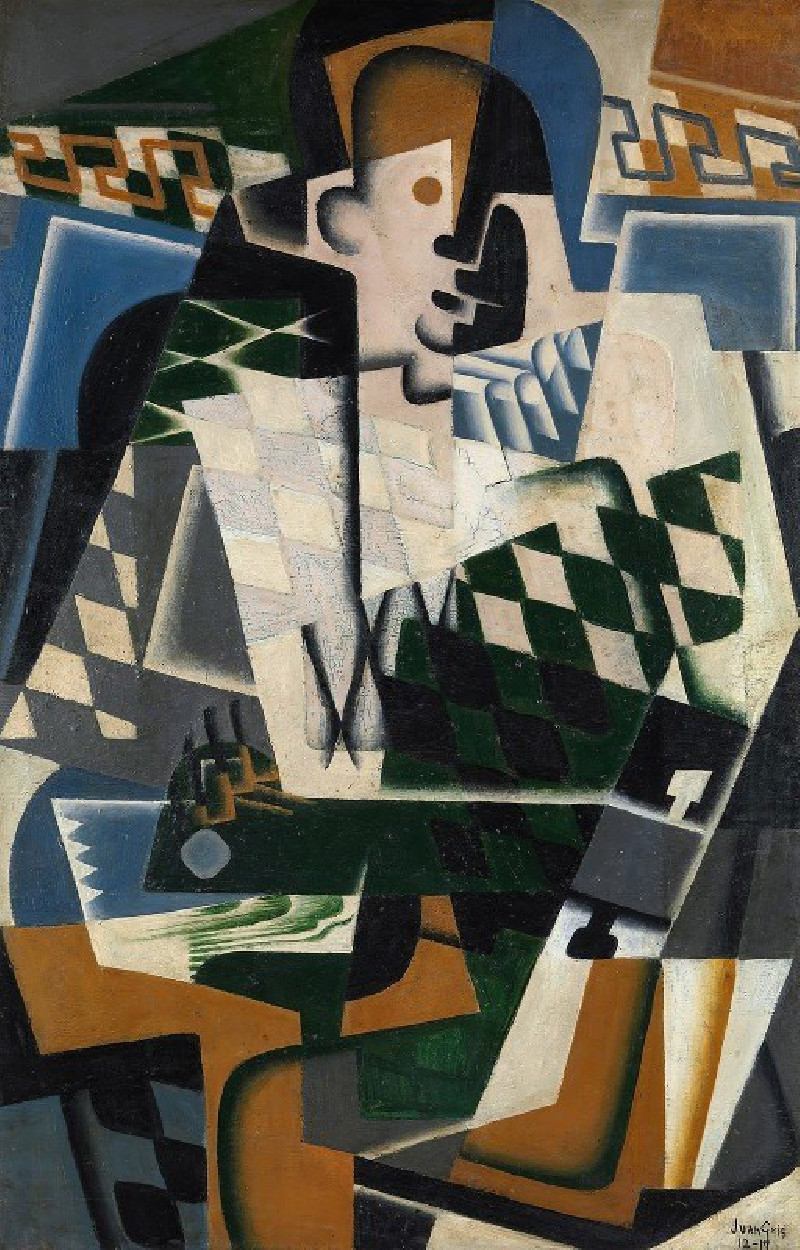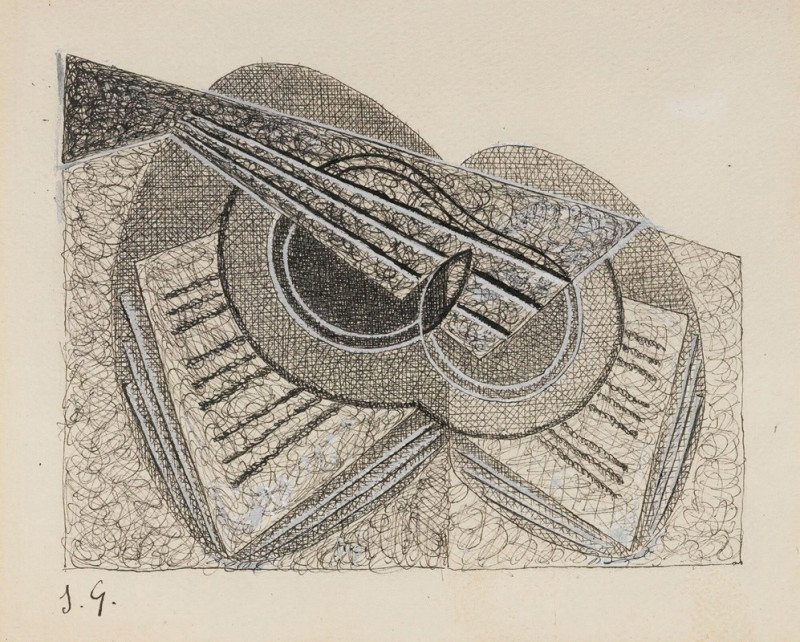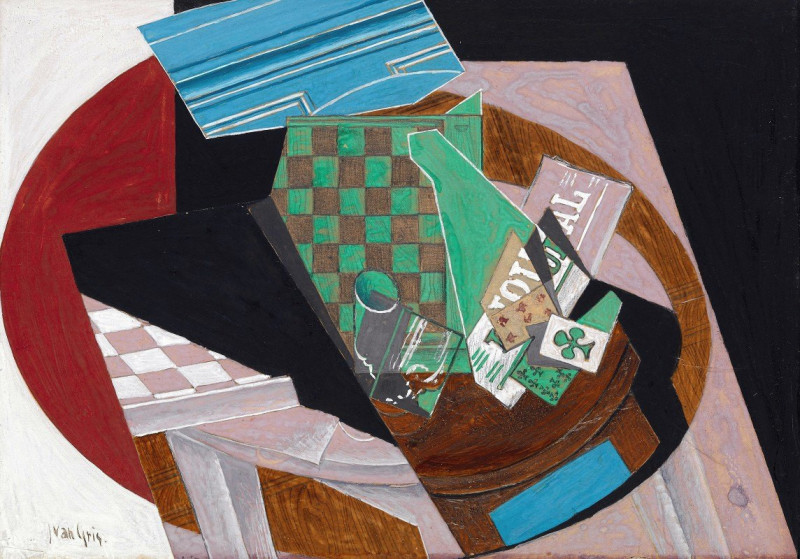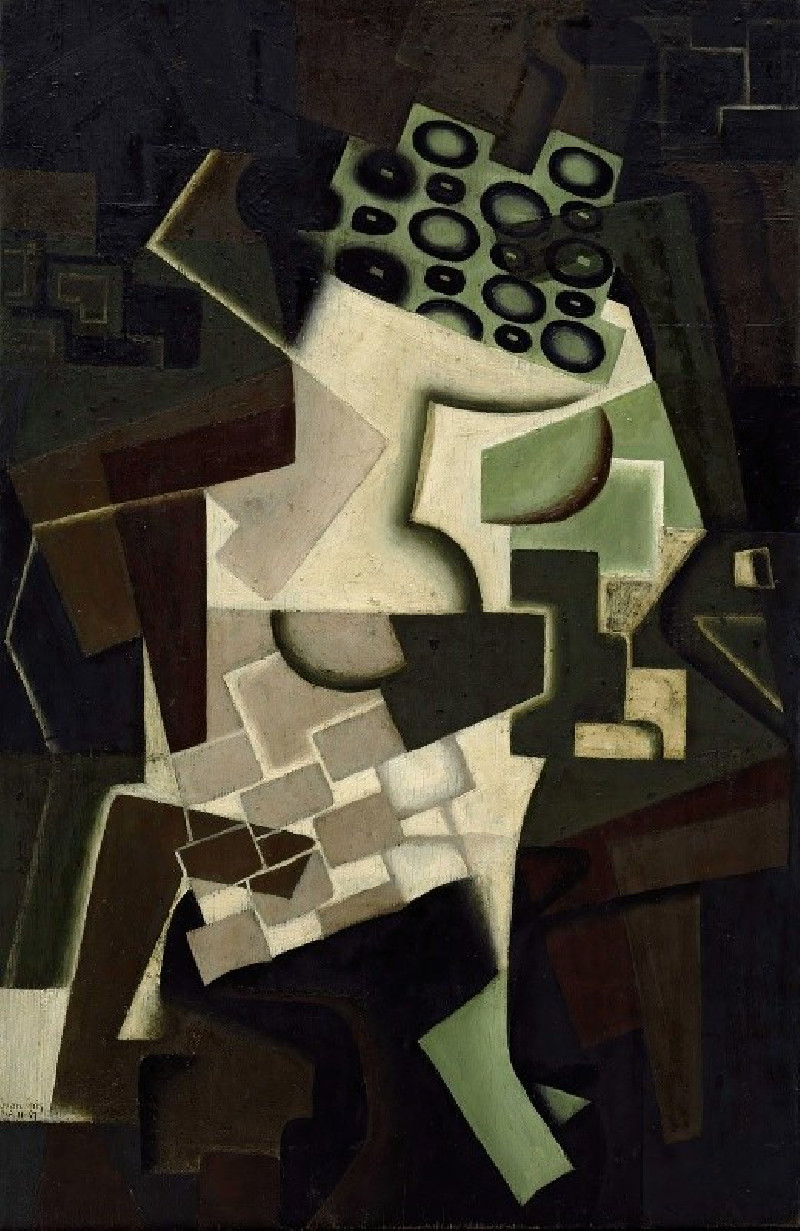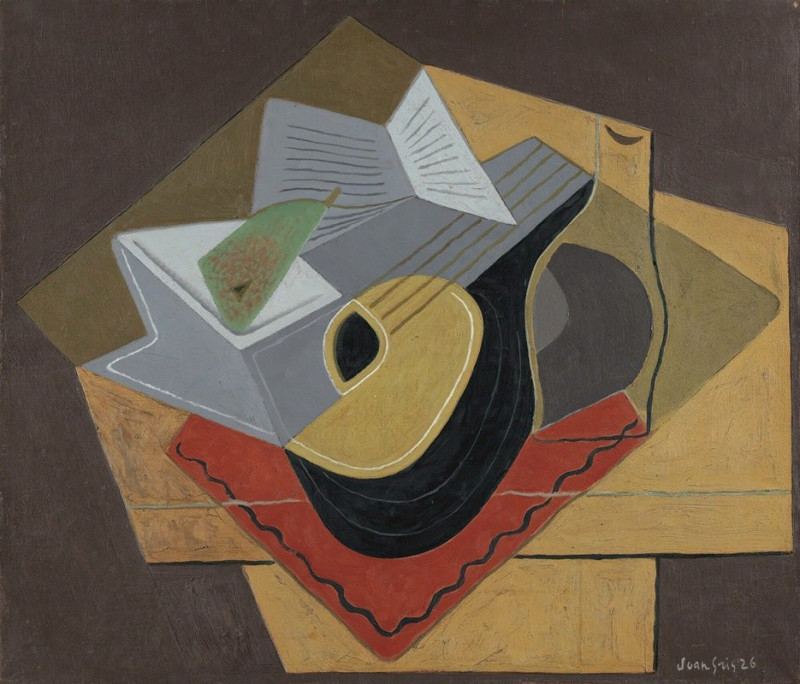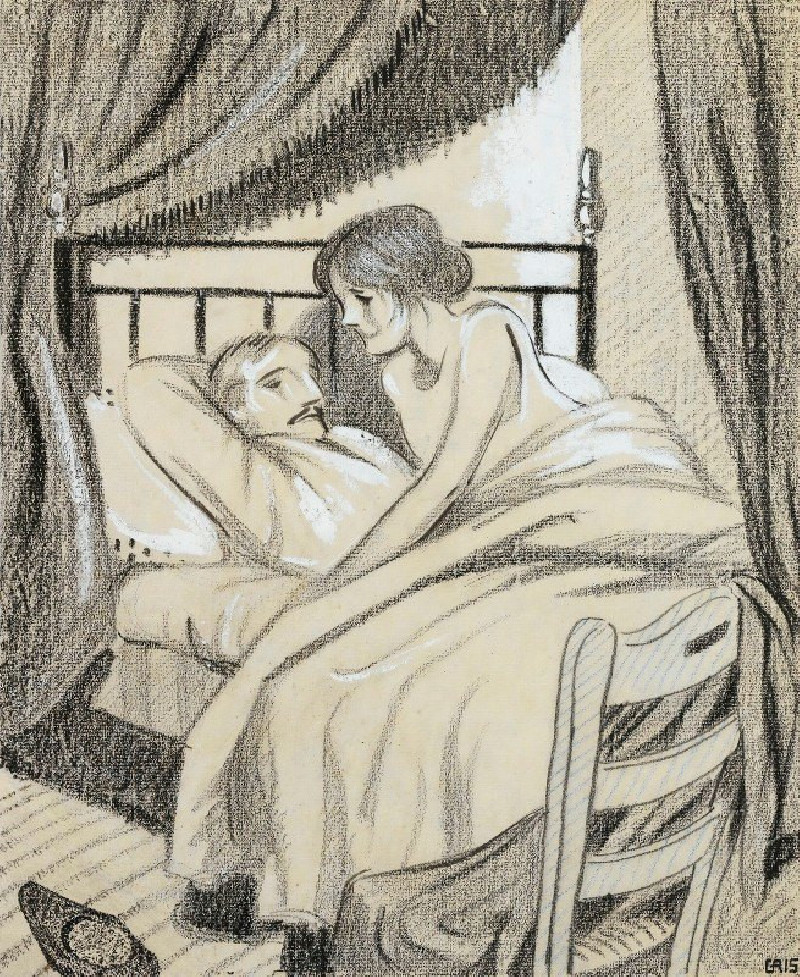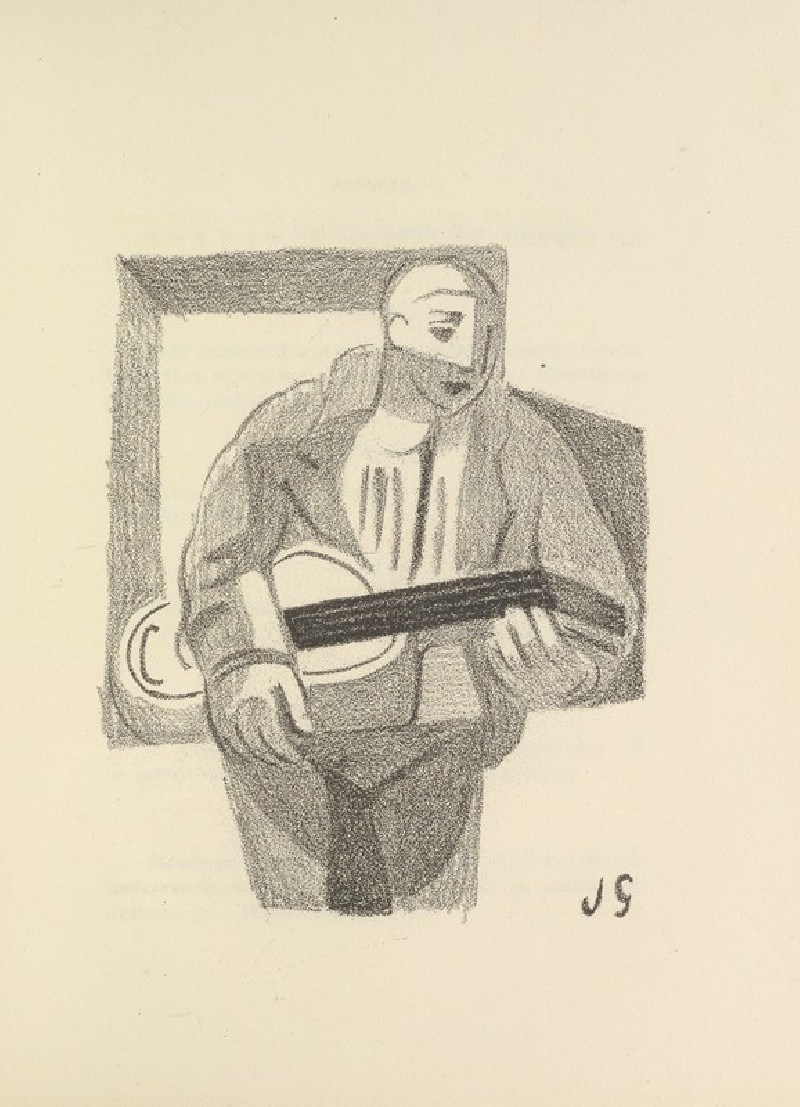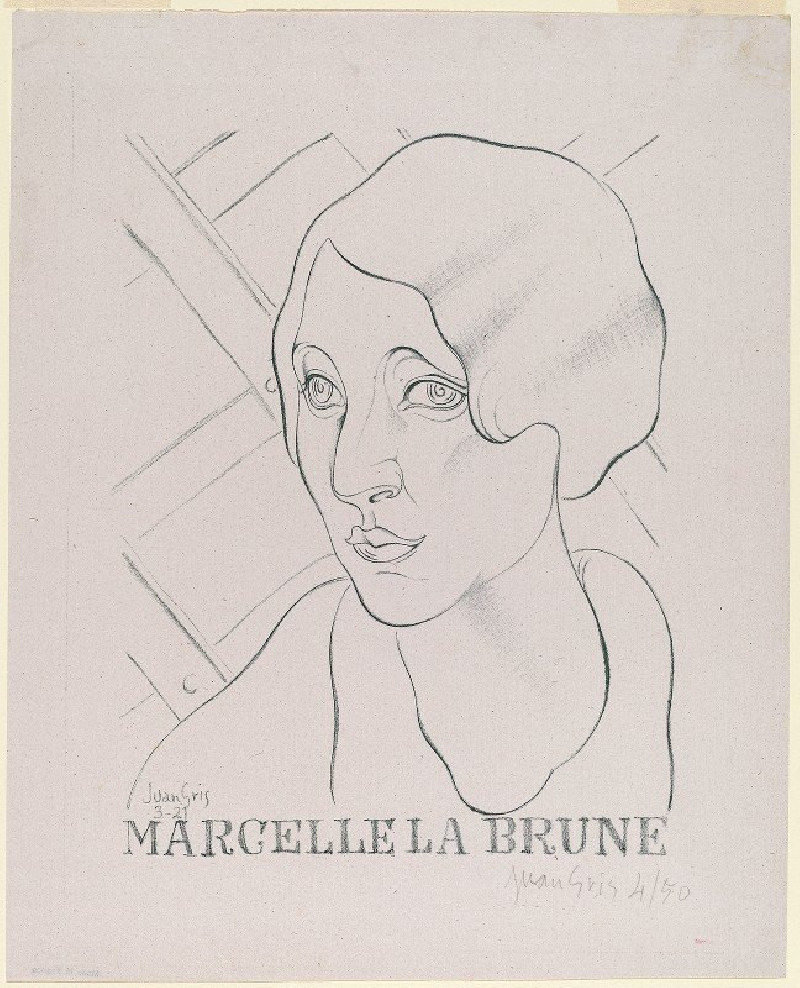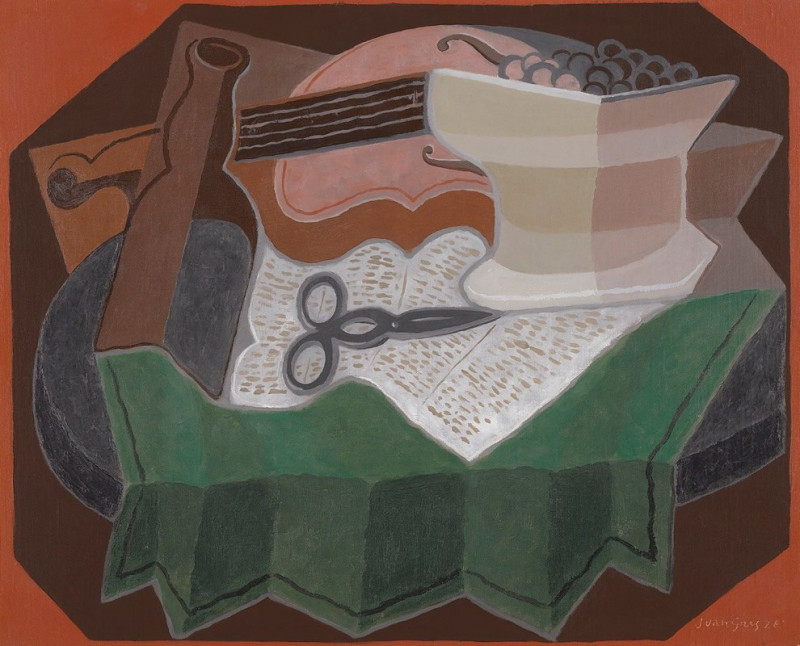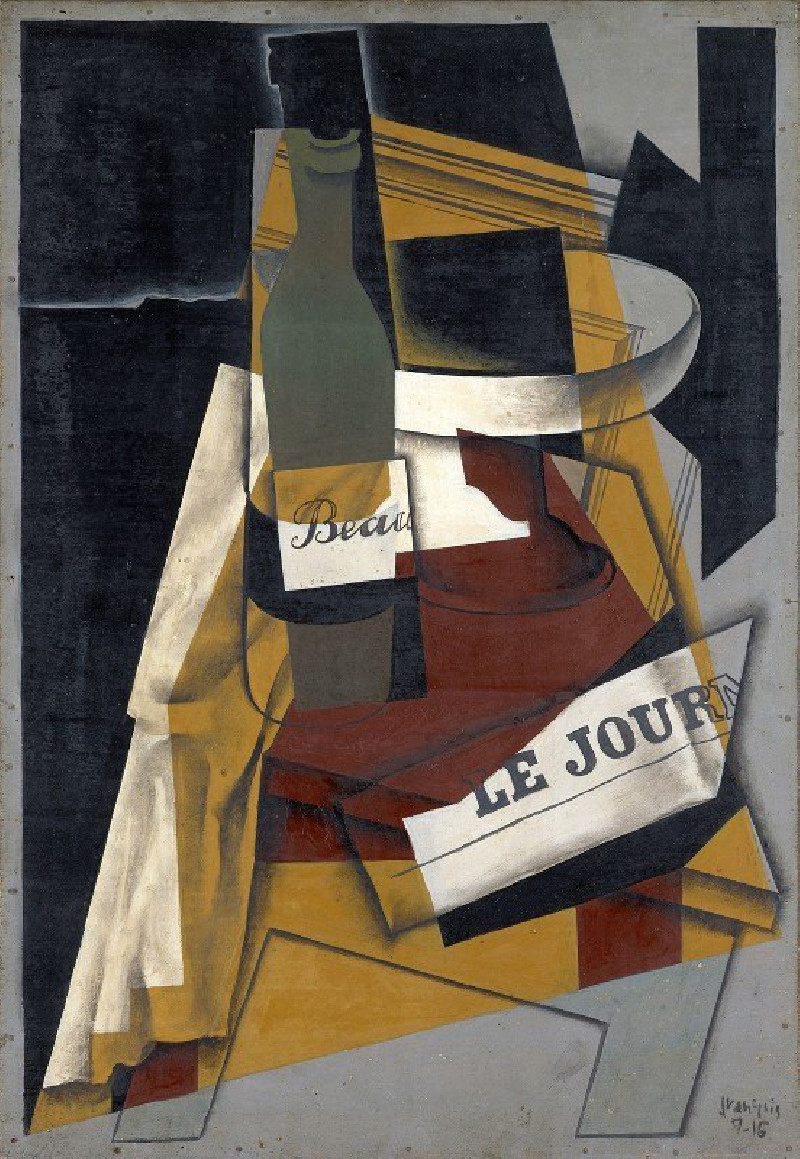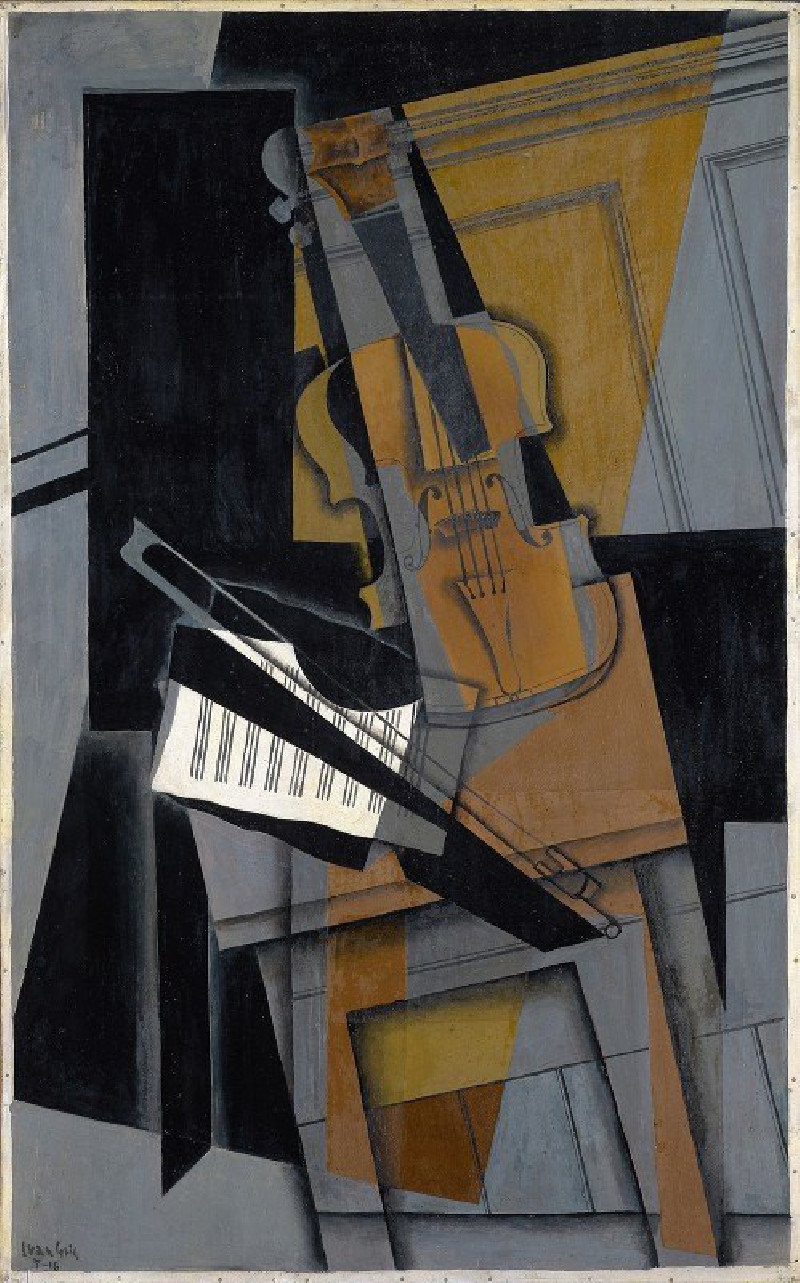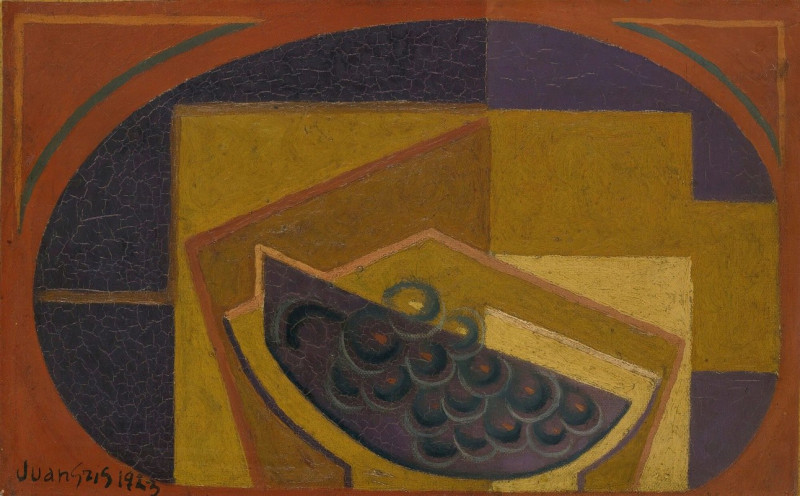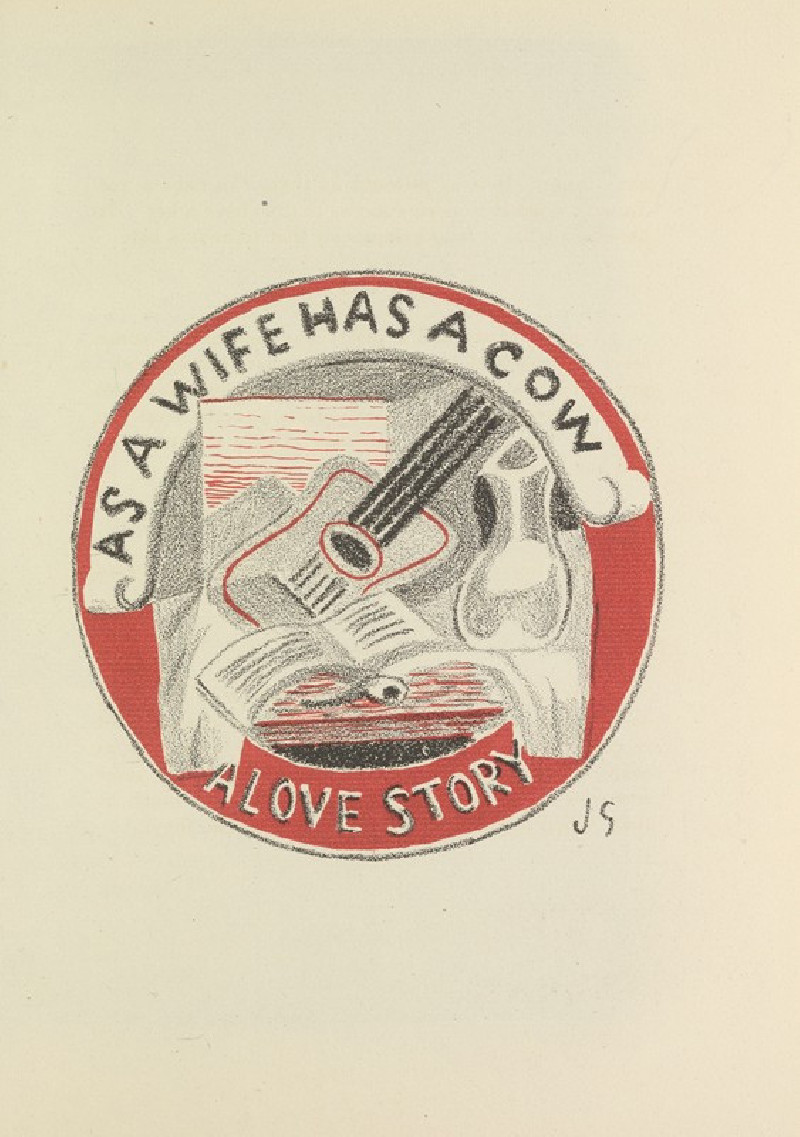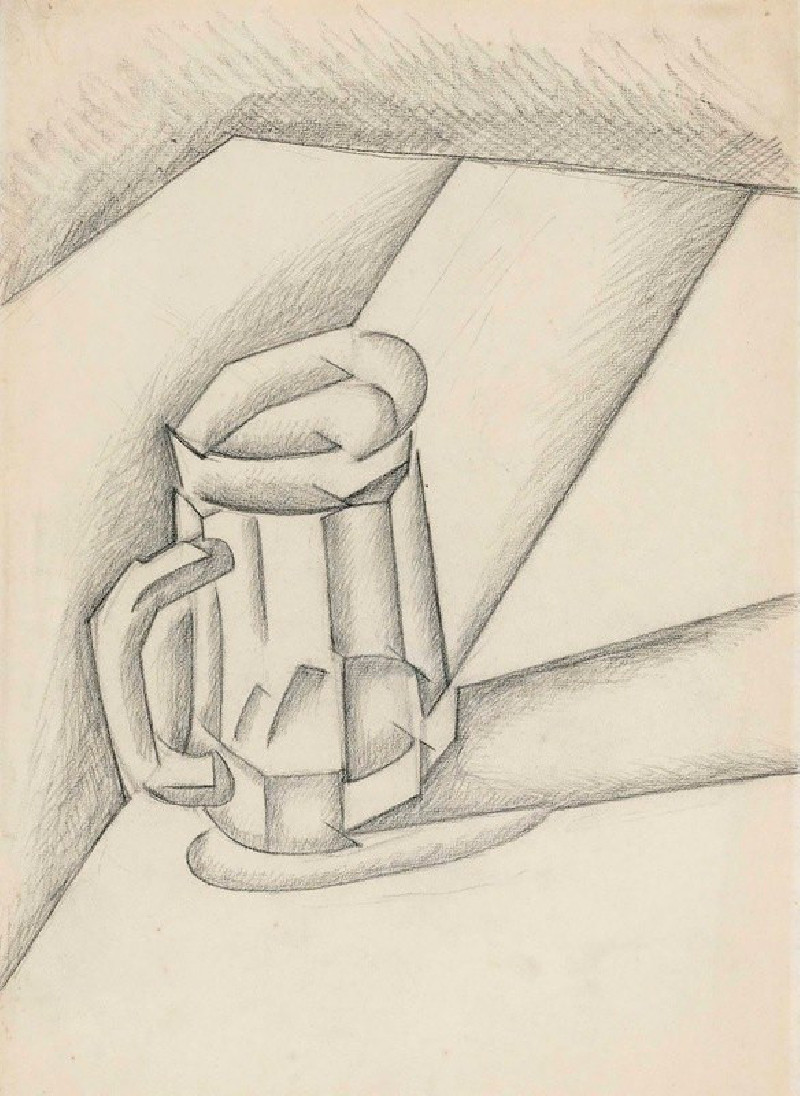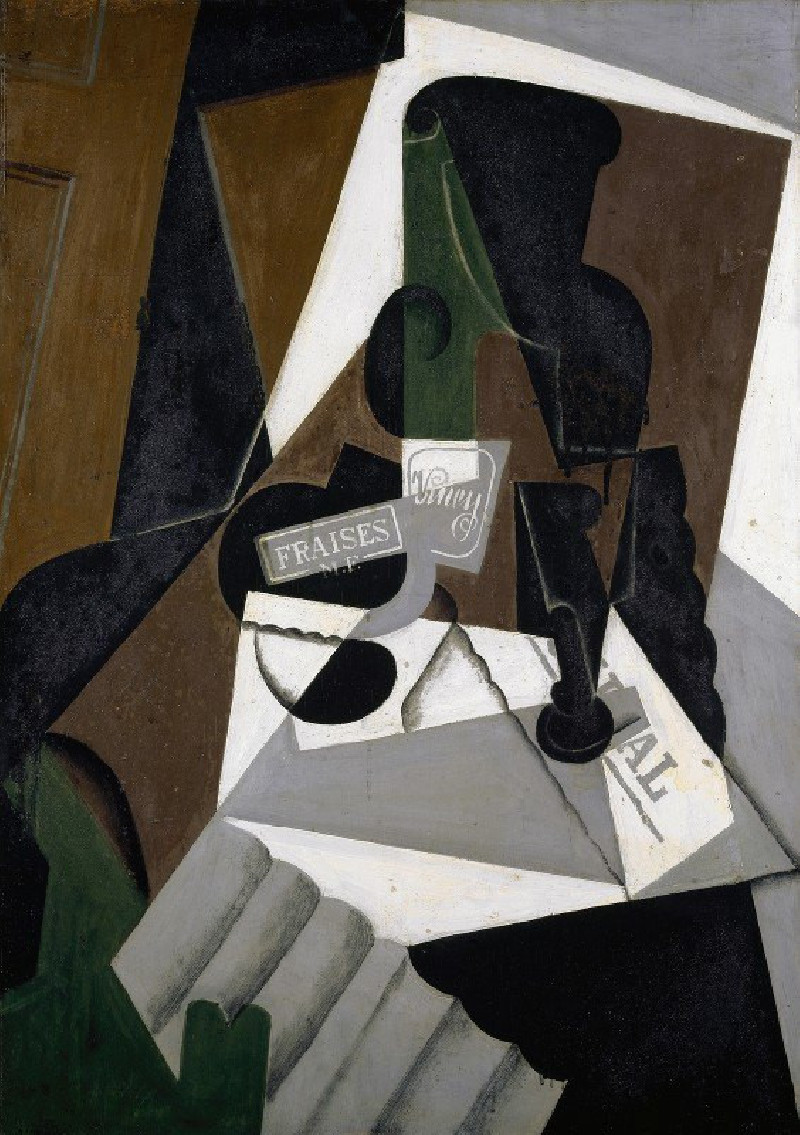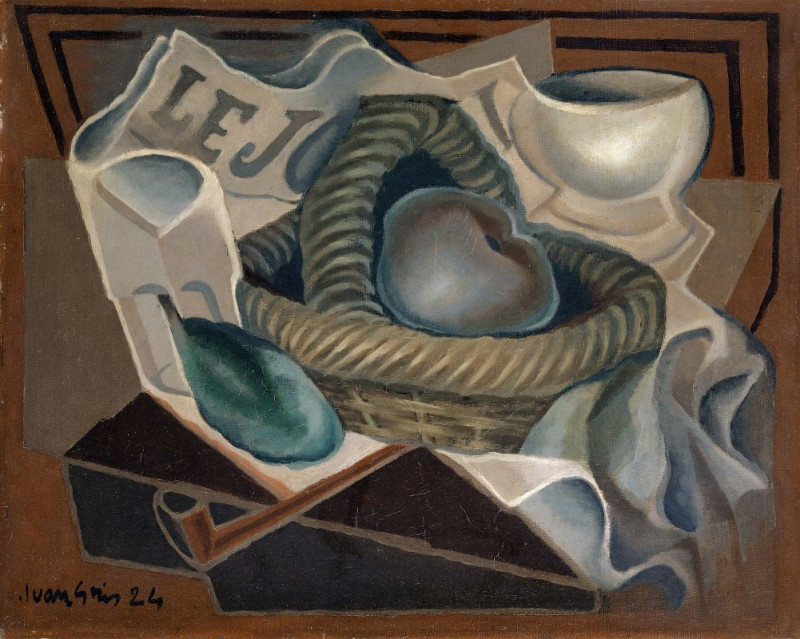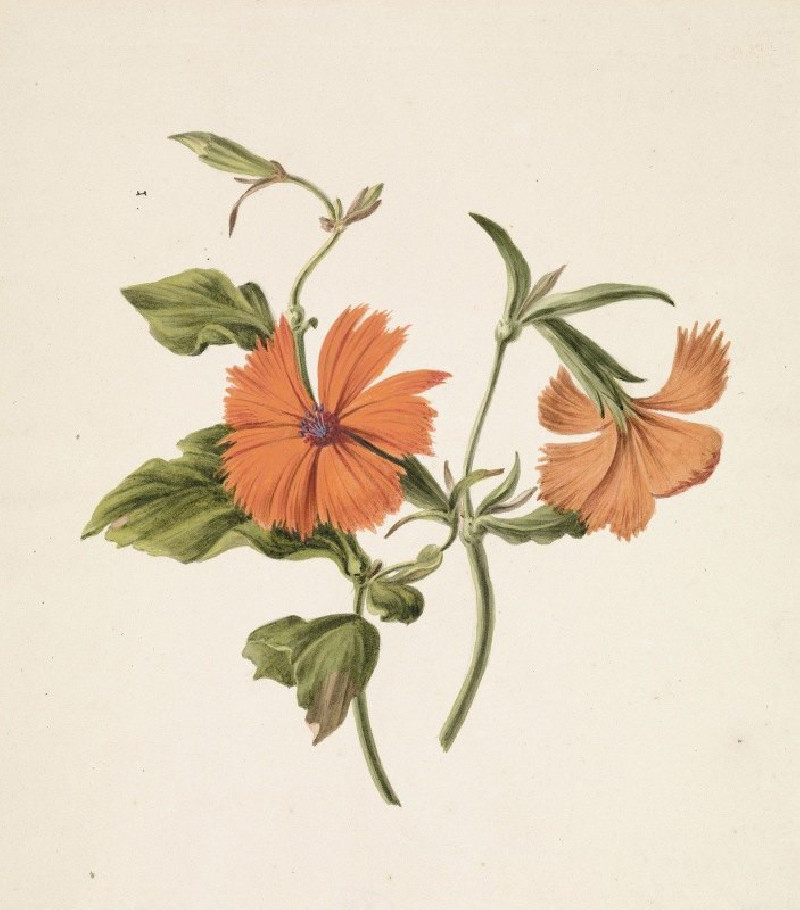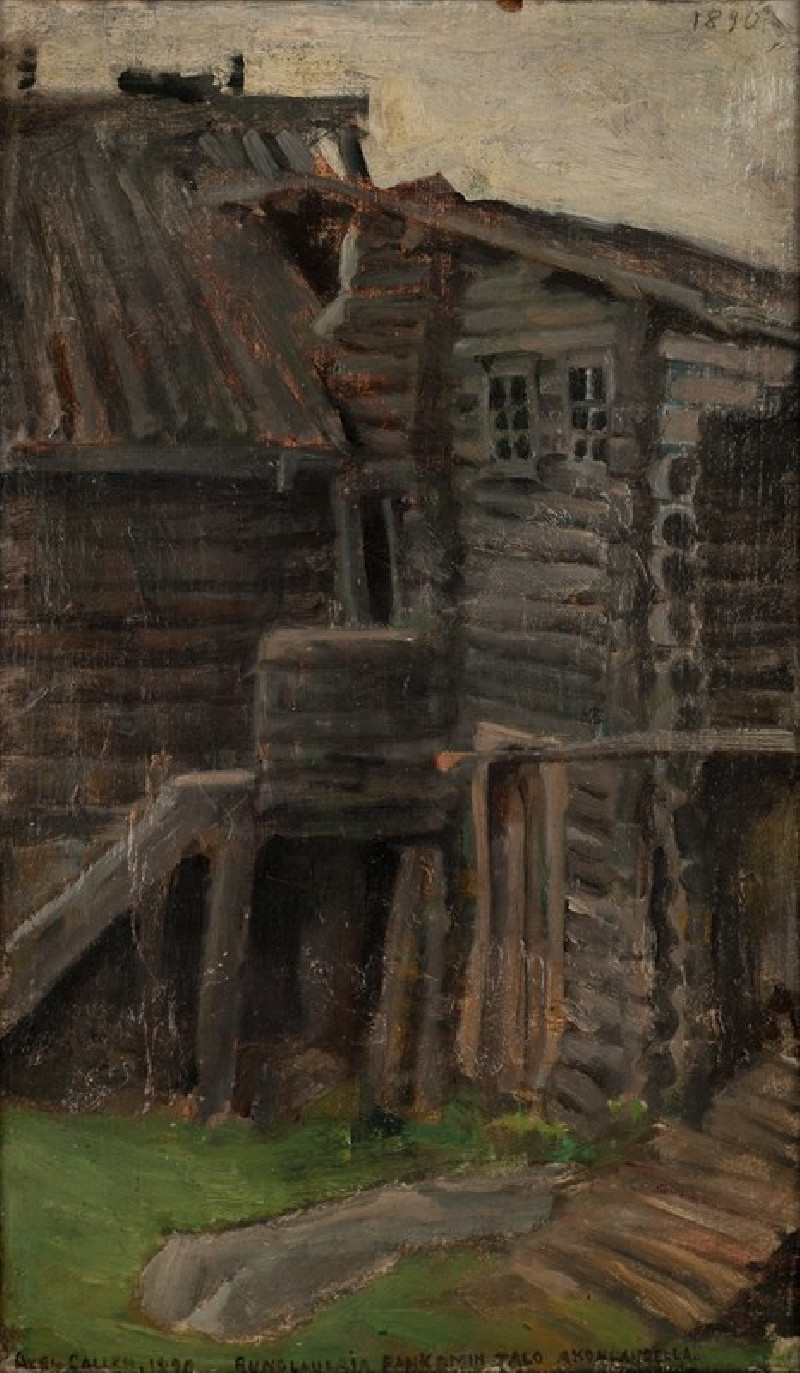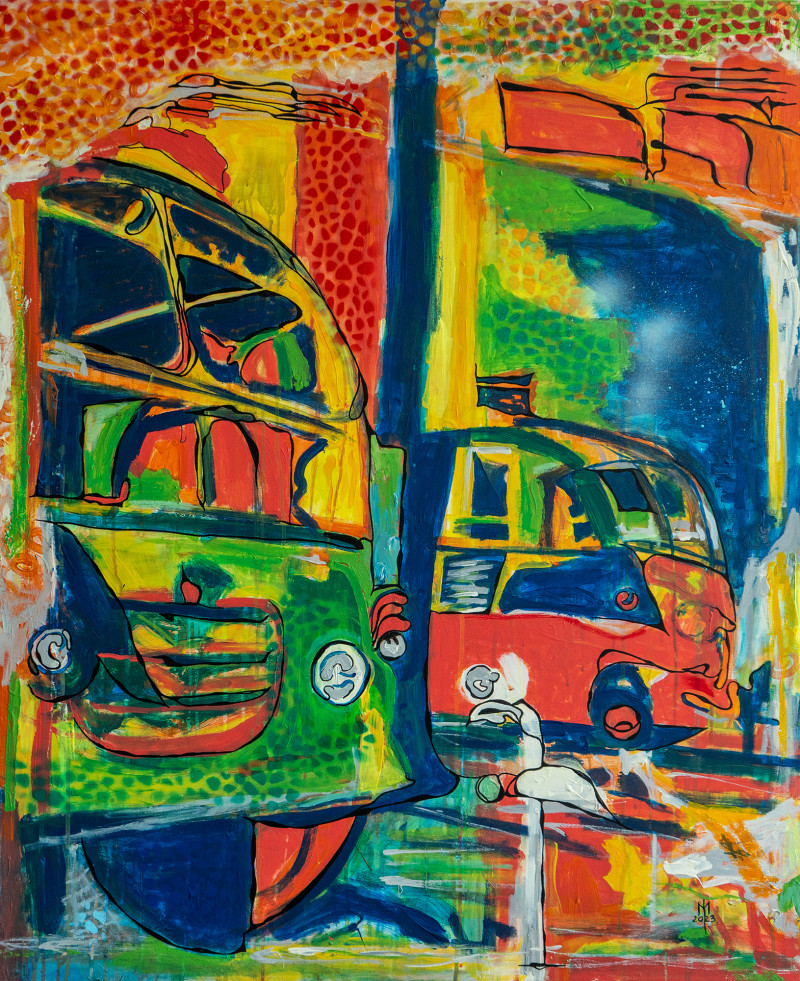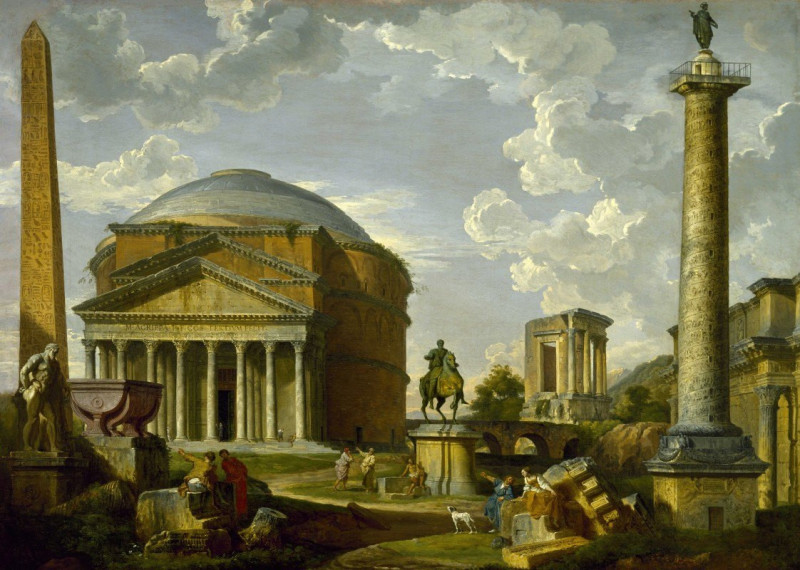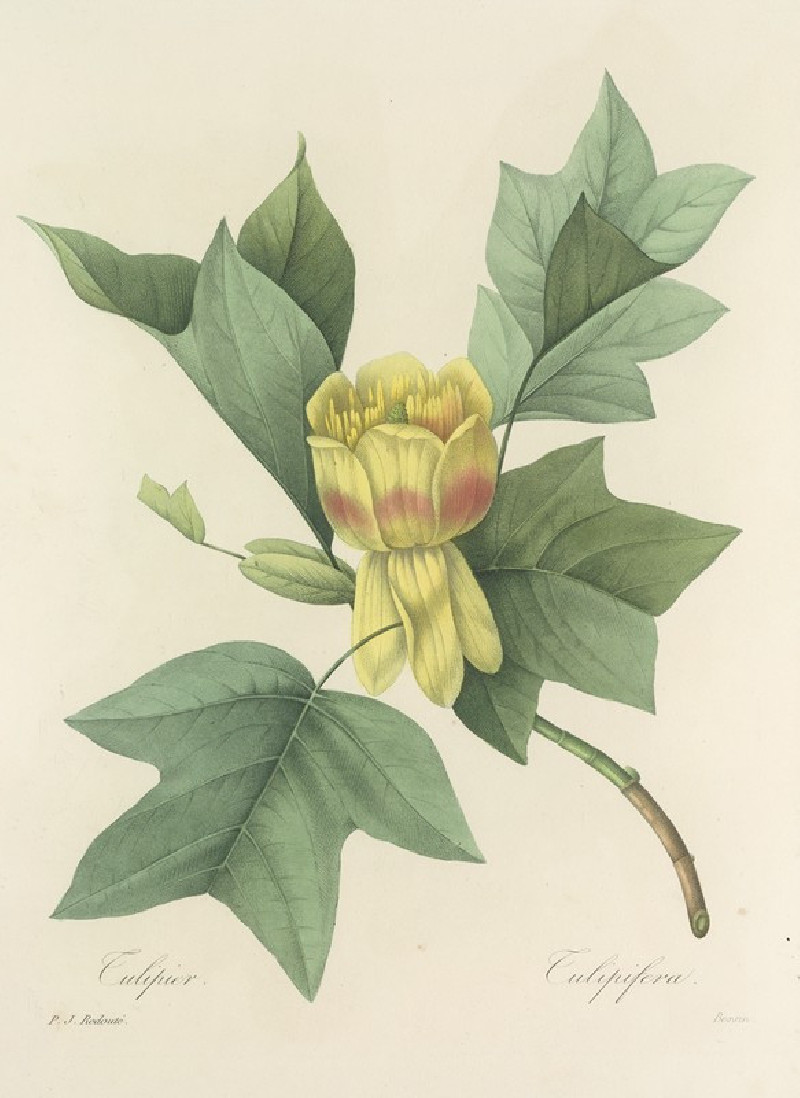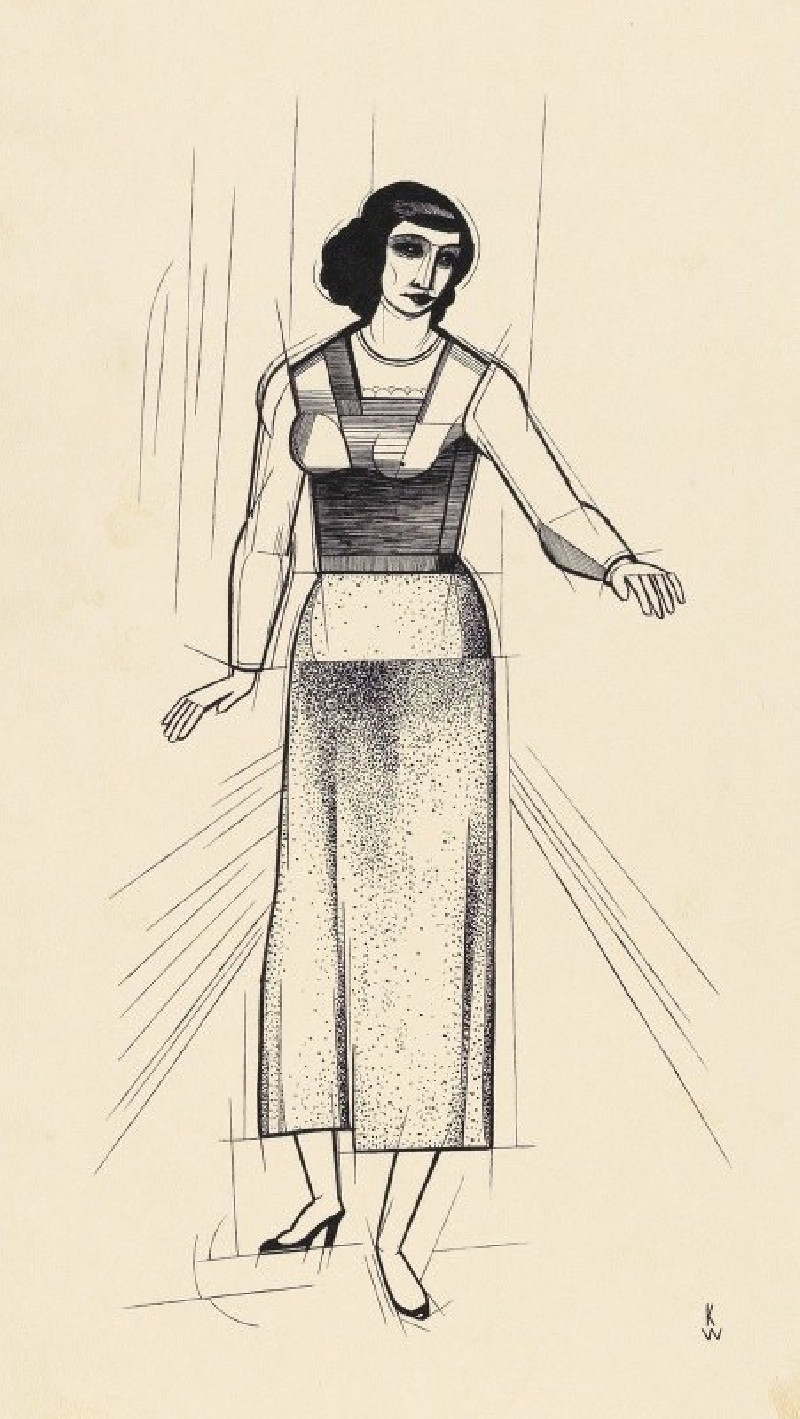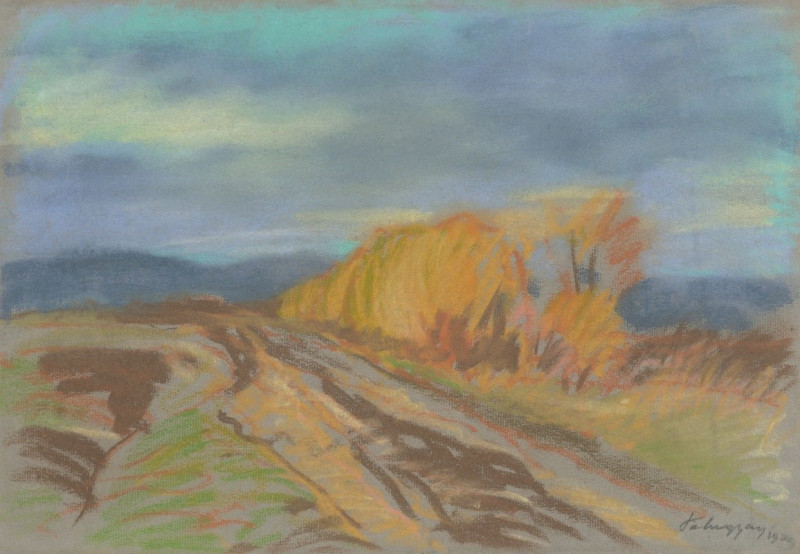Harlequin (1916)
Technique: Giclée quality print
Recommended by our customers
More about this artwork
Juan Gris's drawing titled "Harlequin" from 1916 showcases the artist's skill in depicting the human form with simplified elegance. In this artwork, the Harlequin is portrayed in a somewhat contemplative pose, showcasing characteristic elements like the diamond-patterned costume that is subtly outlined, reflecting the traditional garb often associated with this theatrical character. Gris uses delicate pencil lines to craft the figure’s elongated body and calm, mysterious facial expression, which lends an air of introspection to the composition.Rather than employing his typical bold color palette and rigid geometries that are hallmarks of his cubist compositions, Gris here focuses on the simplicity and fluidity of lines. This presents a softer and more experimental side of his artistic range. The Harlequin, a figure often seen in comedic and dramatic light in commedia dell'arte, is depicted here with an enigmatic aura that invites viewers to ponder the thoughts hidden behind the character’s masked visage.

